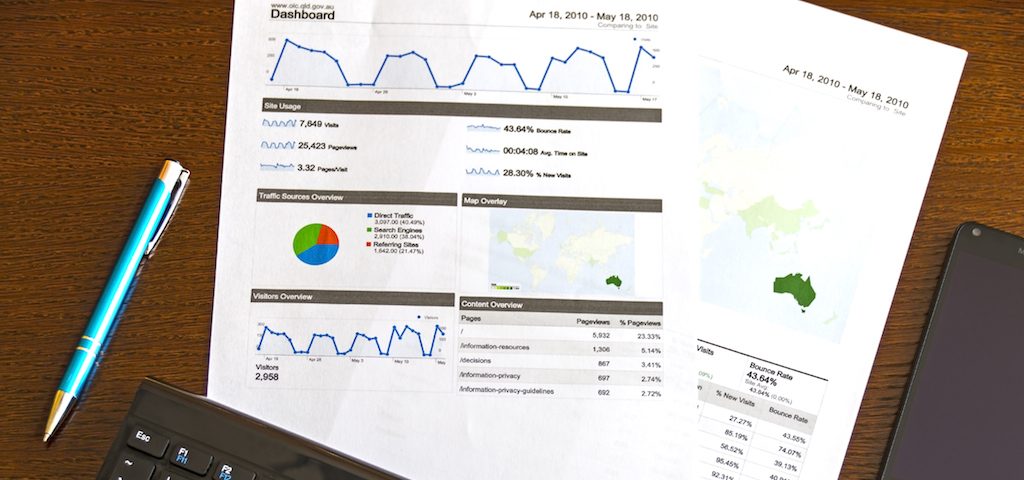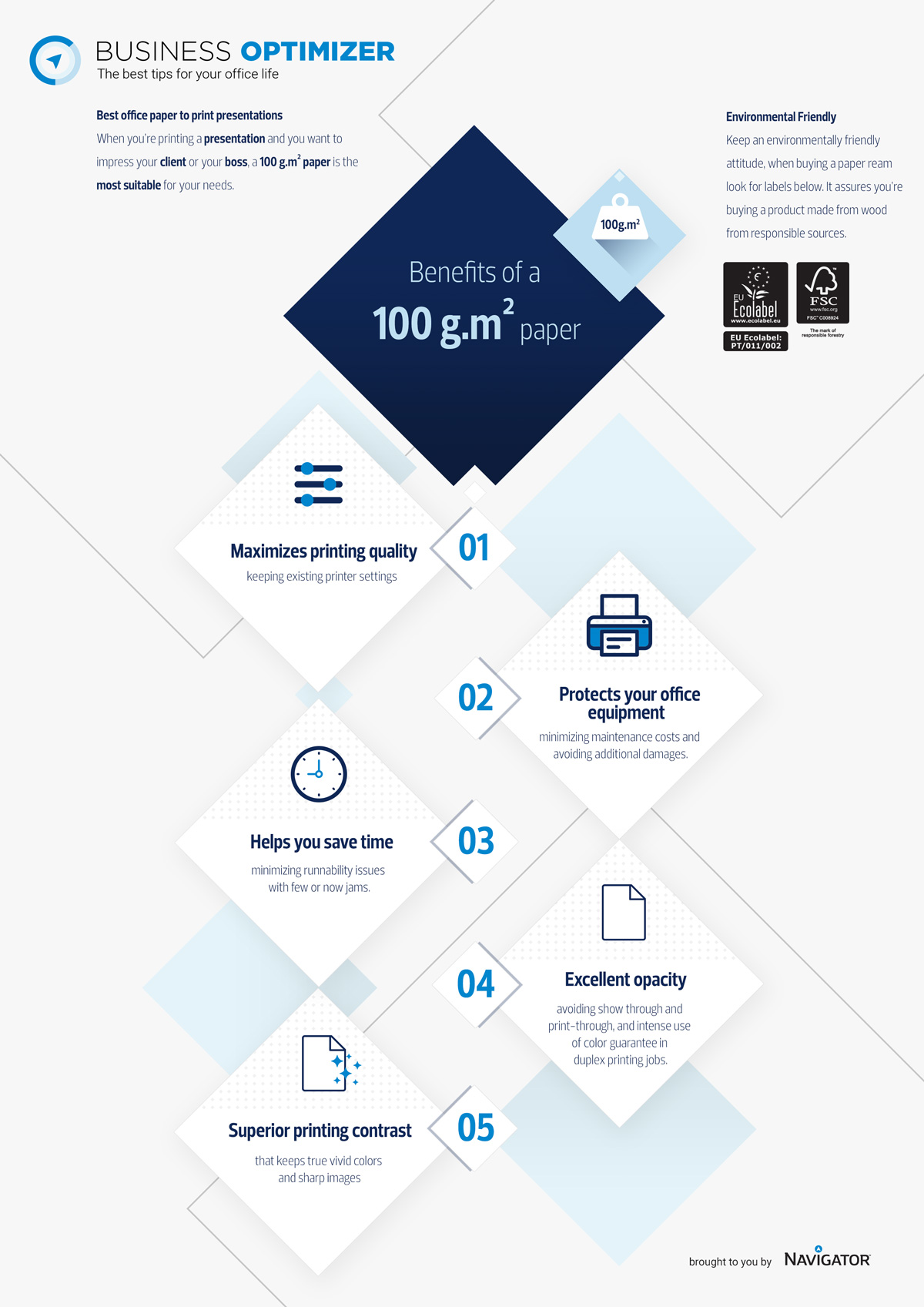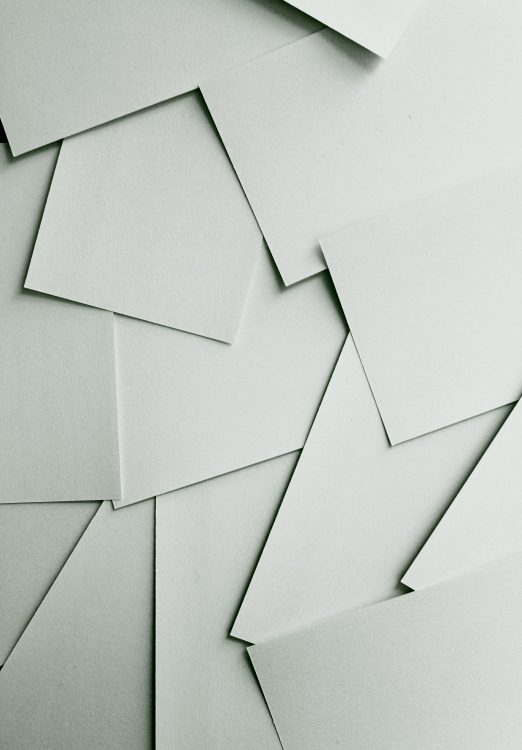Personal Printouts and Writing
If you’re not looking for the kind of high quality results required to impress your boss, then you can opt for a lightweight paper.
75gsm to 80gsm should be fine for this type of job, and is the most environmentally-friendly paper for you and your printer.
Using a lighter weight paper for personal printing jobs and notetaking helps you to conserve natural resources where possible.
Internal documents
For memos, documents, archiving, copying, and forms, you can probably get away with using a lighter weight paper too. For most jobs, 75gsm to 80gsm paper will be fine.
If you’re handing the forms to your boss, perhaps you might opt for a heavier weight paper of 80gsm or 90gsm.
However, it’s definitely worth using heavier weight papers for documents you’ll be handing to your boss and other team members you want to impress.
For report, performance statistics and spreadsheets that are going to pass under the eyes of the management team, and internal presentations, we recommend opting for a 90gsm or 100gsm paper.
External Communications
If your reports and presentations are going to reach customers, and other external stakeholders, you might want to choose a heavier weight paper again.
Anything from 100gsm to 160gsm is going to give the right impression.
However, you don’t need to go to this weight for all external documents. Letters, memos, statements, invoices, and receipts should be fine on 90gsm paper.
Stick to the heavier weights of 160gsm and 120gsm for brochures, catalogs, flyers, posters, and photos.
There are many types of paper in the market for this kind of needs. The important thing is to never forget the most important characteristics: high whiteness, opacity and smoothness.
If you want to know more, follow this link.







